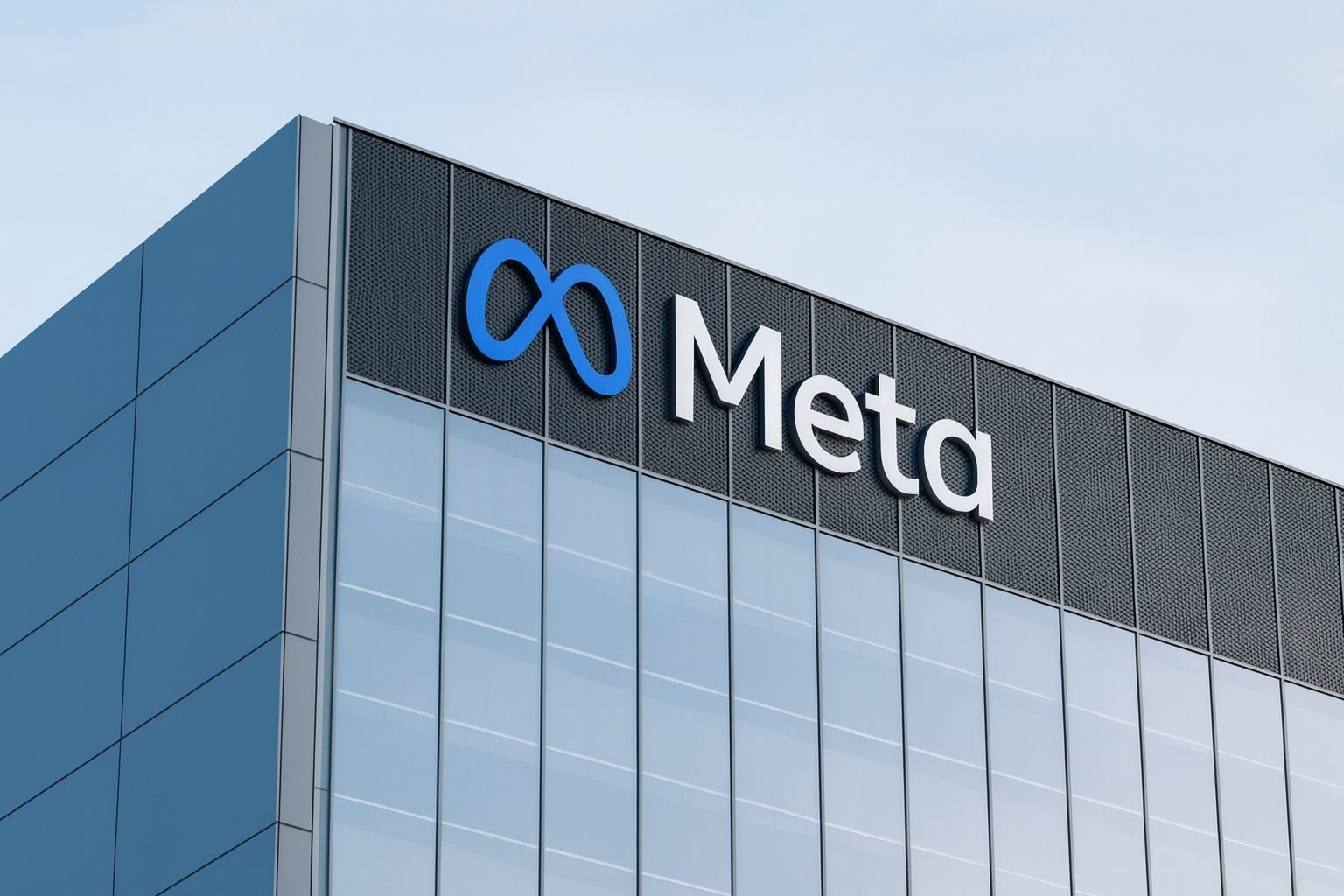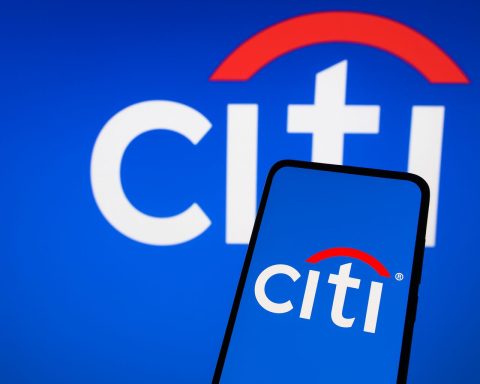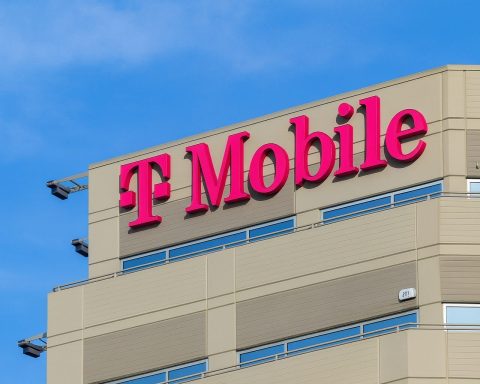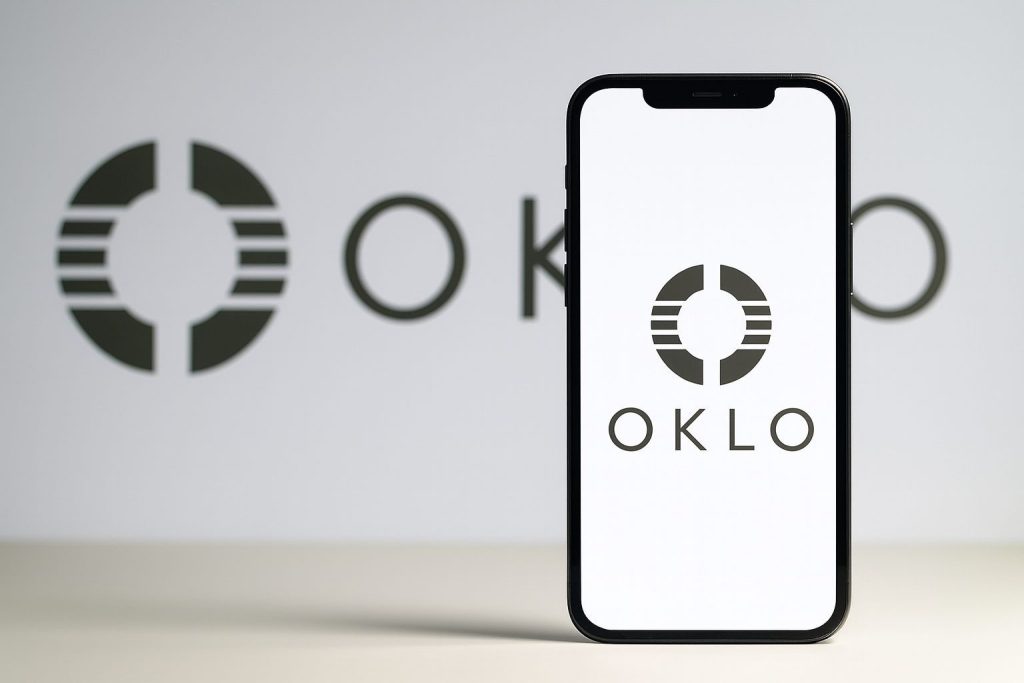Meta Platforms stock (NASDAQ: META) staged another rebound on Tuesday, November 25, 2025, as investors looked past fresh regulatory headlines and focused instead on the company’s evolving artificial-intelligence hardware strategy.
Shares of Meta closed around $630.33, up about 2.8% on the day, after trading in a range of roughly $618 to $631 and turning over about 14.7 million shares. [1] The move extends Monday’s rally and comes after a bruising month in which the stock slid nearly 18% from recent levels and roughly 20–25% from its 2024 peak. [2]
At the same time, a Spanish court ordered Meta to pay nearly €479 million (about $550 million) to local media groups over data-privacy and competition violations, underscoring the regulatory overhang that continues to hang over the social-media giant. [3]
META stock today: price action and where it sits in the bigger picture
By the closing bell on November 25:
- Closing price: ~$630.33
- Daily gain: +2.82% versus Monday’s close of $613.05 [4]
- Intraday range: roughly $618.55–$631.24 [5]
- Market cap & valuation: around $1.8 trillion, trading near 31× trailing earnings [6]
Over the last 52 weeks, META has traded between about $480 and $796, leaving the stock more than 20% below its 52‑week high even after this week’s bounce. [7]
That backdrop matters: after a massive AI-fueled run-up, Meta has been one of the “Magnificent 7” names under the heaviest scrutiny as investors ask whether the company’s huge infrastructure build-out will actually earn its keep. In the past month alone, META shares dropped 17.9%, sharply underperforming big-tech ad peers like Alphabet and Amazon, a slump analysts largely attribute to fears over exploding capital expenditures. [8]
Google AI chip talks put Meta back in the AI spotlight
The main driver for META stock today is fresh reporting that Meta may diversify its AI hardware away from Nvidia by buying and renting Google’s tensor processing units (TPUs).
According to a Reuters report, Meta is in negotiations to spend billions of dollars on Google’s custom AI chips for its own data centers starting in 2027, while also exploring renting TPUs through Google Cloud as early as next year. [9] If finalized, the deal would:
- Mark a strategic shift away from Meta’s near-total reliance on Nvidia GPUs.
- Potentially help Google’s chip business capture a slice of Nvidia’s AI-hardware dominance, with some Google executives eyeing up to 10% of Nvidia’s annual revenue in displaced demand. [10]
- Give Meta a second major supplier for AI compute at a time when GPU prices and supply constraints remain a bottleneck across the industry.
Market reaction has been swift across tech:
- Alphabet (GOOGL) shares jumped roughly 3–4% on the headlines, moving closer to a $4 trillion valuation. [11]
- Nvidia (NVDA) and AMD (AMD) both sold off, with Nvidia down around 4–6% as investors fretted about a potential long-term hit to its AI-chip demand. [12]
For Meta shareholders, the story cuts both ways:
- Bullish angle: A second supplier could reduce cost and concentration risk, improve access to high-performance compute, and support Meta’s push into large-scale AI models and AI-powered ad tools.
- Cautious angle: Committing to yet another multi‑year AI hardware pipeline reinforces the concern that Meta is locked into very high capital intensity just as investors were hoping expenses would normalize.
The market’s verdict today, however, is clear: traders are treating the Google chip talks as incrementally positive for Meta, helping extend the stock’s rebound from its recent lows. [13]
€479 million Spanish fine reminds markets about regulatory risk
While AI headlines drew the most attention, Meta also faced another regulatory blow.
A Spanish commercial court in Madrid ordered Meta to pay €479 million (about $552 million) to 87 Spanish digital media outlets, ruling that the company’s use of personal data for behavioral advertising between 2018 and 2023 breached the EU’s GDPR and Spain’s competition laws. [14]
Key points from the ruling:
- The court found that Meta unlawfully processed user data for targeted ads on Facebook and Instagram, giving it a “significant competitive advantage” over local publishers in the online ad market. [15]
- The case centers on Meta’s shift, when GDPR came into force, from relying on user consent to claiming that behavioral advertising was “necessary for the performance of a contract.” Regulators later rejected that legal basis, and Meta reverted to consent in 2023. [16]
- Meta has said it disagrees with the decision and plans to appeal, calling the claims “baseless” and insisting it complies with applicable laws and offers users transparency and control. [17]
Financially, the fine is manageable. Meta generated $51.24 billion in revenue in Q3 2025, so the penalty is worth under 1% of a single quarter’s sales. [18] But strategically, it matters because:
- It adds to a long list of European enforcement actions around privacy and competition. [19]
- It may strengthen similar cases in other EU jurisdictions, including an ongoing proceeding in France. [20]
For now, markets seem to be discounting the fine as a headline negative but not thesis‑breaking, particularly compared with the much larger AI investment story dominating the valuation debate.
The big overhang: Meta’s enormous AI spending and the Hyperion data center
Today’s rally also has to be viewed against the backdrop of Meta’s Q3 2025 earnings and its ultra‑aggressive AI spending plans.
In late October, Meta reported:
- Q3 2025 revenue: $51.24 billion, up 26% year over year.
- Operating margin: 40%.
- Reported net income: $2.71 billion, down 83% YoY due to a nearly $15.9 billion one‑time tax charge tied to the new U.S. “One Big Beautiful Bill” tax law. [21]
- Adjusted EPS: would have been about $7.25 excluding the tax hit, versus the reported $1.05. [22]
- CapEx in Q3 alone: $19.4 billion, mostly on servers, data centers, and network infrastructure. [23]
Meta simultaneously raised its 2025 capital-expenditure guidance to $70–72 billion and warned that CapEx dollar growth will be “notably larger” in 2026, with total expenses expected to grow significantly faster next year as AI infrastructure and cloud commitments ramp up. [24]
Those numbers sparked a sharp negative reaction:
- META stock dropped roughly 7–9% in after‑hours trading immediately after the Q3 release as investors processed the huge tax charge and spending plans. [25]
- Over the following weeks, the shares slid around 18% in a month, with analysts flagging the “AI CapEx story” — including rising third‑party cloud obligations — as the main driver. [26]
Adding to those worries, recent reporting from The Wall Street Journal highlighted Meta’s $27 billion “Hyperion” AI data center in Louisiana, financed via a joint venture with Blue Owl Capital. The structure keeps most of the project’s debt off Meta’s balance sheet via an operating lease, prompting critics to describe the approach as “aggressive accounting” that may understate the company’s true leverage and risk. [27]
In short, investors are trying to decide whether Meta’s massive AI build‑out is:
- A once‑in‑a‑generation investment cycle that will extend its lead in social and advertising — and open up new revenue streams in AI assistants, creation tools, and enterprise products. [28]
- Or an overreach that could pressure margins and cash flow for years, especially if AI monetization lags or regulators tighten the screws on data usage. [29]
How Wall Street is reading META stock after the sell-off
Despite the volatility, analyst sentiment toward Meta remains broadly positive, though more nuanced than earlier in the year.
A bullish new defender: BNP Paribas
On Monday, BNP Paribas analyst Nick Jones initiated coverage of META with an “outperform” rating and an $800 price target, implying roughly 30% upside from current levels. [30]
His thesis:
- Meta’s heavy AI spending is “necessary” to stay competitive, even though it will pressure margins in the near term. [31]
- The company is already leveraging AI to improve ad targeting, engagement, and pricing across Facebook, Instagram, WhatsApp, and Threads. [32]
- Even if Meta’s foundational AI models (Llama) and its Meta AI assistant lag rivals like OpenAI’s and Google’s Gemini in benchmarks, the company’s scale in consumer engagement and ads could still translate into strong monetization. [33]
More cautious takes: valuation and spending still in focus
Others are more reserved.
A recent Zacks analysis noted that META shares have dropped 17.9% in a month, citing rising CapEx as the main culprit, and described the stock as overvalued on metrics like forward price-to-sales (around 6.6× versus ~4.7× for the broader internet software group). Zacks currently rates Meta a “Hold” (Rank #3), arguing that while AI investments should boost engagement and ad performance, competition and stretched valuation are key headwinds. [34]
Separately, coverage from outlets like 24/7 Wall St. has emphasized that META remains about 25% below its 2024 peak, even after years of strong execution in core advertising, as the market recalibrates expectations for AI infrastructure returns. [35]
Is META stock a buy after today’s move? Key things investors are watching
Whether Tuesday’s rally marks the start of a sustained recovery or just a relief bounce depends on how several big questions get answered over the next few quarters:
- Details of the Google TPU deal
- How much of Meta’s future AI workload will shift to Google’s TPUs versus Nvidia GPUs?
- Will TPUs meaningfully lower Meta’s unit compute costs, or are they primarily a capacity hedge? [36]
- Trajectory of CapEx and expenses in 2026–2027
- Management has already signaled that CapEx dollar growth will be larger in 2026 and that total expenses could grow at an even faster clip than in 2025. [37]
- Investors will watch Q4 2025 earnings closely to see if there’s any moderation in spending plans or clearer framing of long‑term returns on AI investments. [38]
- Ad growth and AI monetization
- Regulatory and legal developments
For now, META stock is caught between two narratives:
- It’s a high-quality, cash‑generating ad platform with more than 3.5 billion daily users and strong AI‑driven ad momentum. [43]
- It’s also a company spending tens of billions per year on AI infrastructure, new data centers, and cloud commitments — with a payoff that, while promising, is still not fully proven. [44]
Bottom line for November 25, 2025
On November 25, 2025, Meta (META) stock climbed back above $630 as investors focused on the potential benefits of a major Google AI chip partnership and a new bullish call from BNP Paribas, even as a large Spanish court fine reinforced the company’s regulatory risks.
With the shares still well below their 52‑week highs but trading on a premium multiple to peers, META remains a high‑beta AI story where sentiment can shift quickly on any new headline — positive or negative.
As always, this article is for informational and news purposes only and does not constitute financial or investment advice. Investors should consider their own objectives, risk tolerance, and consult a qualified professional before making any investment decisions.
References
1. www.investing.com, 2. www.nasdaq.com, 3. www.reuters.com, 4. www.investing.com, 5. www.investing.com, 6. www.marketwatch.com, 7. www.investing.com, 8. www.nasdaq.com, 9. www.reuters.com, 10. www.reuters.com, 11. www.reuters.com, 12. www.investing.com, 13. www.investing.com, 14. www.reuters.com, 15. www.reuters.com, 16. www.reuters.com, 17. www.reuters.com, 18. investor.atmeta.com, 19. www.reuters.com, 20. www.reuters.com, 21. investor.atmeta.com, 22. investor.atmeta.com, 23. investor.atmeta.com, 24. www.prnewswire.com, 25. www.investopedia.com, 26. www.nasdaq.com, 27. www.wsj.com, 28. www.alpha-sense.com, 29. www.investors.com, 30. www.marketwatch.com, 31. www.marketwatch.com, 32. www.marketwatch.com, 33. www.marketwatch.com, 34. www.nasdaq.com, 35. finance.yahoo.com, 36. www.reuters.com, 37. www.prnewswire.com, 38. www.prnewswire.com, 39. investor.atmeta.com, 40. www.prnewswire.com, 41. www.reuters.com, 42. apnews.com, 43. investor.atmeta.com, 44. www.prnewswire.com







